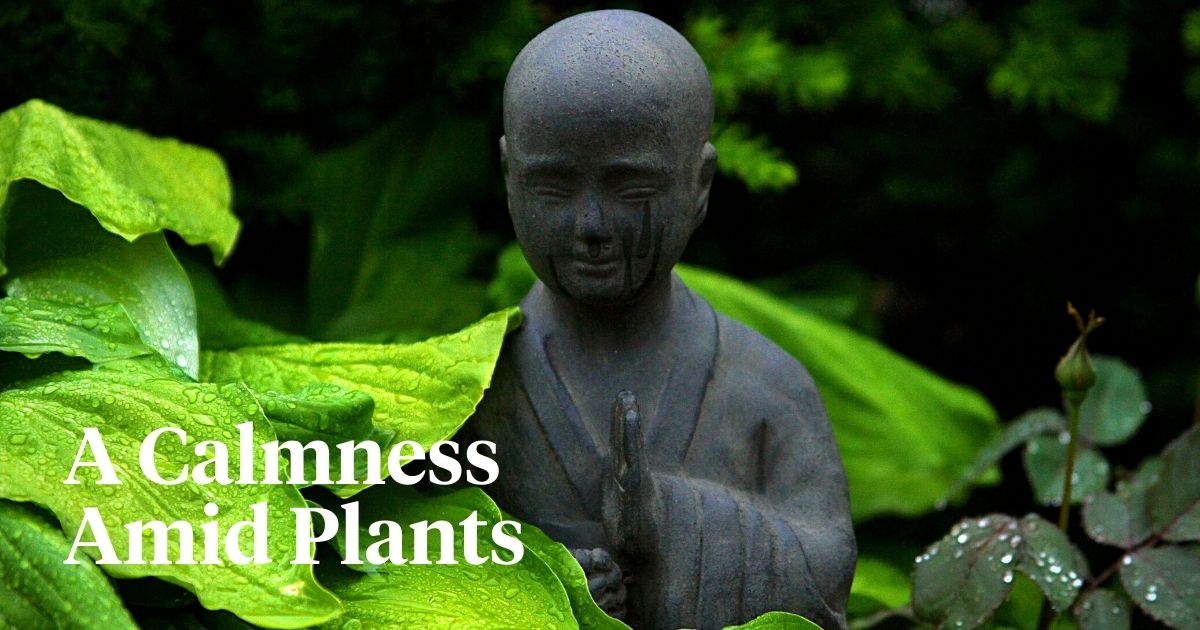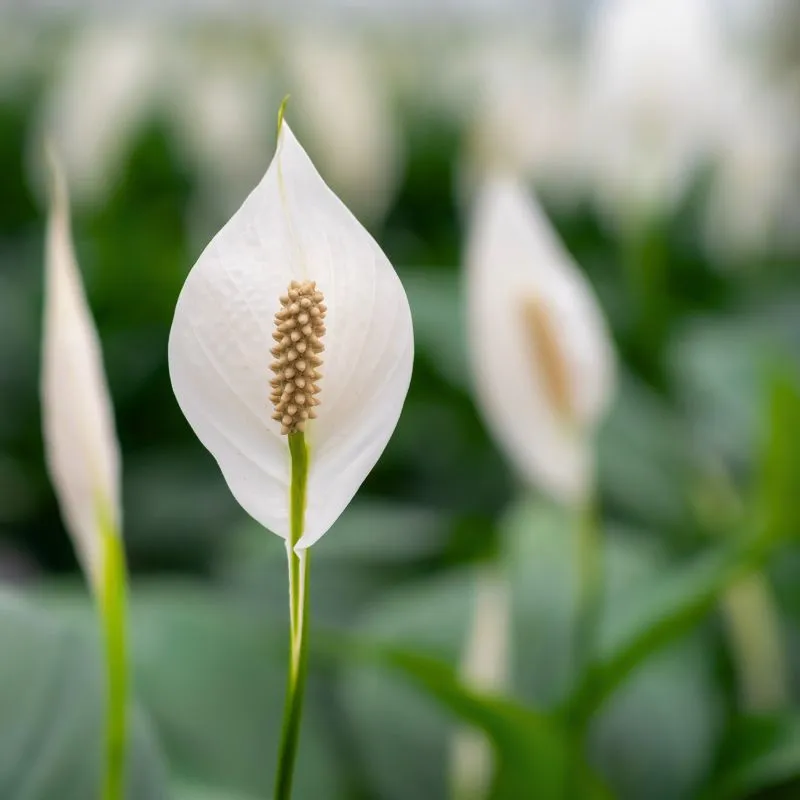The practice of meditation has been revered for centuries as a pathway to inner peace and spiritual enlightenment. While meditation requires nothing more than your presence and intent, nature offers an inspiring balance to this age-old practice.
In the pursuit of inner peace and spiritual well-being, meditation has long been regarded as an elemental practice. The stillness of the mind, coupled with deep introspection, forms the core of this activity. However, did you know that meditation could be enhanced with the inclusion of nature’s plants and flowers? Here’s how.
Chronicling the History and Roots of Meditative Botany
Meditation has a rich history dating back thousands of years. Ancient civilizations, such as the Egyptians, Greeks, and Indians, recognized the significance of nature in their spiritual practices. The use of plants and flowers for meditation can be traced back to when these ancient cultures began to recognize the therapeutic and spiritual value of plants and flowers in their meditative practices.
In ancient Egypt, for instance, the blue lotus (Nymphaea caerulea) was loved for its ability to induce heightened states of consciousness. It was believed that this sacred flower facilitated a reflective connection with divinity, making it a needed element of their meditative rituals.
Similarly, Indian spirituality threads together fragrant flowers such as jasmine and roses into the basic fabric of its meditation. The delicate fragrance of these flowers has the power to bring forth serenity and tranquility, creating the ideal environment for inner exploration.
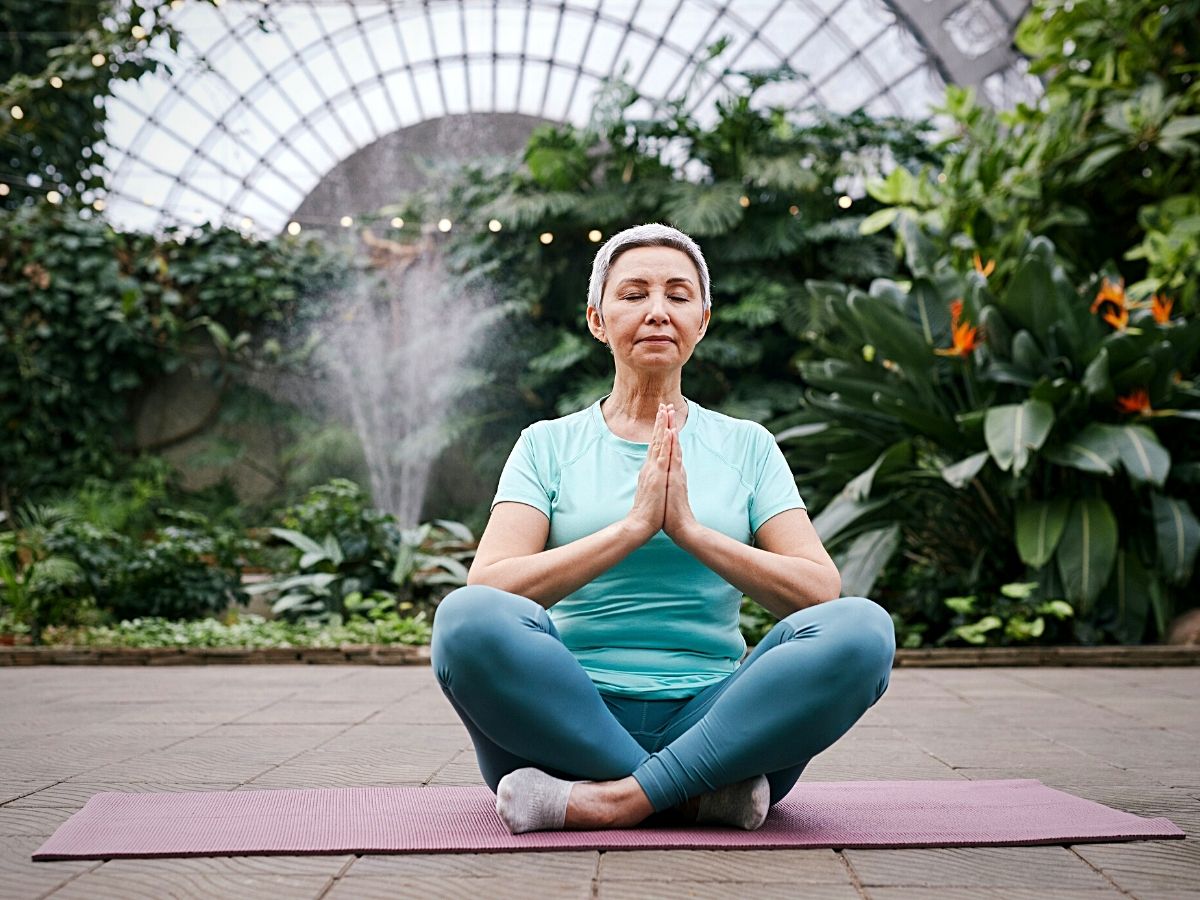
Also, Asian traditions, particularly Buddhism, have long recognized the synergy between nature and meditation. Zen Buddhist practices often involve ‘Kinhin’ or walking meditation in gardens adorned with various plants and flowers. The beauty accompanied by the tranquility of these natural surroundings plays a pivotal role in attaining a meditative state.
In Native American cultures, the use of sacred herbs and plants in ceremonies and meditative rituals has been customary for generations. Sage, sweet grass, and cedar are just a few examples of plants considered sacred for their purifying and calming properties. These plants were used to cleanse the mind and spirit before embarking on a meditation journey.

Photo by truthseeker08 on Pixabay
How Plants and Flowers Influence Meditation
Plants and flowers have long been known to influence meditation. The presence of plants and flowers in your meditation space encourages a serene atmosphere that is conducive to relaxation. The visual appeal of blooms and lush greenery can help calm a restless mind, allowing one to easily enter a meditative state.
Aromatherapy, which is the use of essential oils from plants and flowers, also plays a vital role in enhancing meditation. Plant and flower-based scents like lavender, jasmine, and frankincense have been scientifically proven to reduce stress and anxiety, promoting mental clarity during meditation.
Additionally, plants like sage and cedar are used to purify and cleanse both the physical space and the energy within it. This purification ritual can help remove any negative energies or distractions, allowing for a more focused and meaningful meditation experience.
The symbolism associated with certain plants and flowers can, also, inspire deeper contemplation during meditation. For example, the lotus flower's association with purity and enlightenment can encourage one to strive for spiritual growth and self-improvement.

Incorporating plants and flowers into meditation, similarly, connects one to the natural world. This connection can instill a sense of cohesion with nature, nurturing a deeper appreciation for the environment and the interconnectedness of all living beings.
Plants and Flowers That Are Ideal for Meditation
With a clear understanding of the basics of meditation and how plants and nature influence this practice, a few examples of the ideal plants (and their extracts) to use in meditative sessions would get you going. So, here are some.
Lavender (Lavandula spp.)
This is a flowering plant that boasts slender purple spikes of flowers with a delightful, soothing fragrance. With these qualities, lavenders are renowned for their calming properties which are a prerequisite for optimal meditation. The essential oil extracted from the plant has been extensively studied for its therapeutic effects on the mind and body.
Lavender is celebrated for its anxiety-reducing properties and its ability to induce relaxation. Diffusing lavender essential oil during meditation sessions can promote a sense of calm and clarity. This oil has been confirmed to reduce anxiety levels and promote relaxation, making it an excellent choice for calming the mind during meditation.

The scent of lavender can also enhance focus and concentration, allowing for a more intense meditation experience. In addition, its soothing fragrance aids in stress reduction, creating an ideal environment for deep meditation.
Sage (Salvia spp.)
Sage has striking, silvery-green leaves and a distinct herbal scent. It is used in smudging ceremonies to purify and cleanse both the physical space and one's energy before meditation. During this practice, dried sage leaves are burned and the smoke is wafted around a space or a person. The ritual is believed to cleanse and purify the energy, removing negative or stagnant influences. Smudging with sage before meditation can clear the space and create a clean, sacred environment for your practice.
The act of burning sage and inhaling its scent can also have a grounding effect on your mind and body. It helps release tension, anxiety, and distractions, allowing you to feel more centered and present during meditation.
In itself, the ritual of smudging with sage can be a mindful practice. It is a way to set intentions, create a sacred space, and mark the beginning of the meditation session. Partaking in this ritual can help one to transition from their daily activities to a focused and intentional state for meditation.
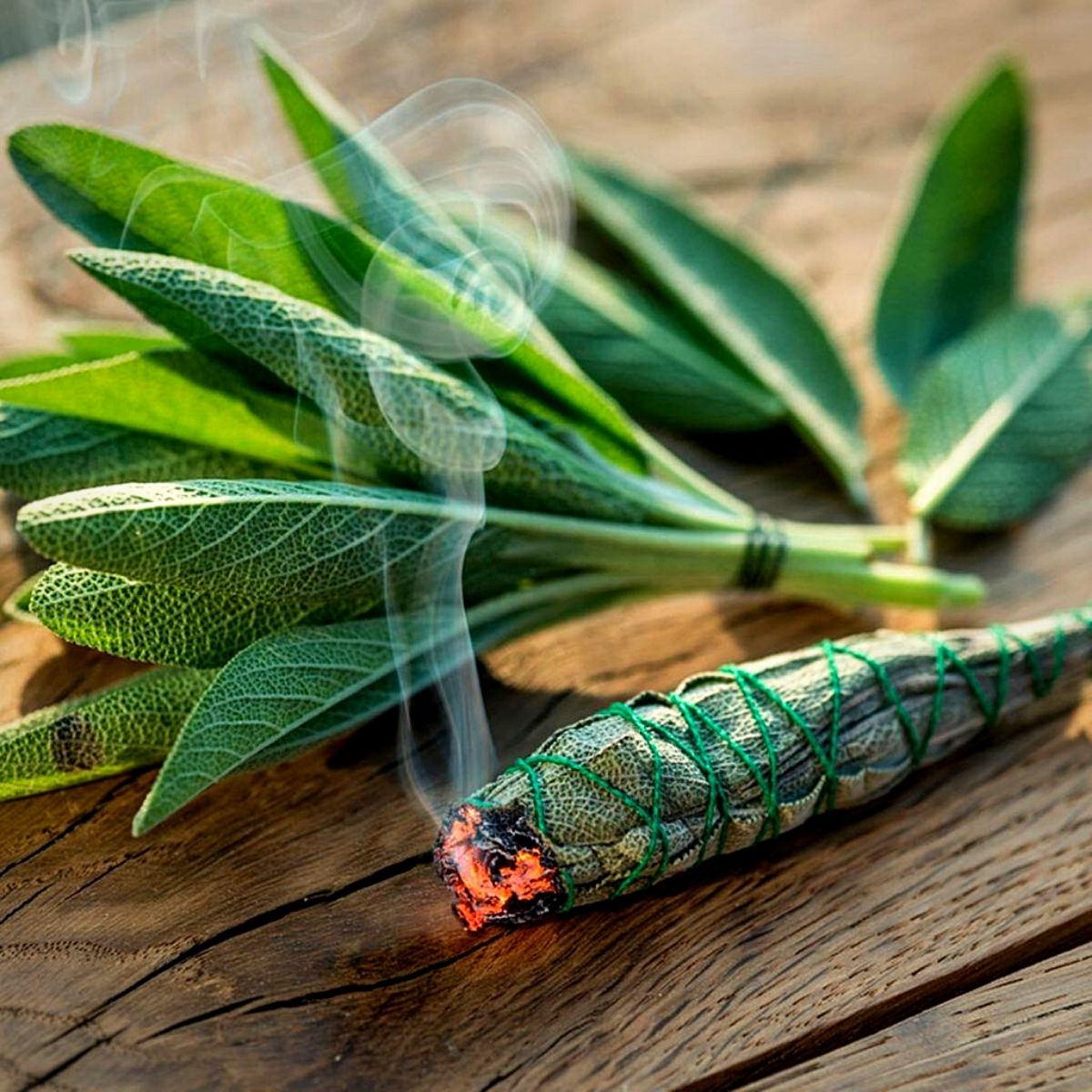
Photo by Family Handyman.
In addition, sage has a distinct, herbaceous scent that can promote relaxation and a sense of calm. Inhaling the aroma of the plant can help quiet the mind, reduce stress, and create a peaceful atmosphere that supports a deeper meditation experience.
Furthermore, it is considered a sacred herb in many traditions and is associated with wisdom and spirituality. Integrating sage into your meditation practice therefore establishes a connection to the spiritual space, fosters a sense of veneration, and deepens the divine experience.
Jasmine (Jasminum spp.)
With its elegant white flowers and enchanting scent, jasmine is symbolic of purity and spirituality in many cultures. Its fragrance has quite an influence on the meditative ceremony. The scent of jasmine is known for its calming and soothing effects on the mind and body. Inhaling the fragrance relaxes, releases tension, and creates a peaceful atmosphere conducive to meditation.
Jasmine is also believed to have stress-reducing properties. Its aroma can help alleviate anxiety, promote a sense of well-being, and ease the mind into a meditative state. This gentle and pleasant fragrance helps let go of distractions and focuses on the present moment. Likewise, this scent has a subtle uplifting effect, which can enhance awareness and mindfulness during meditation.
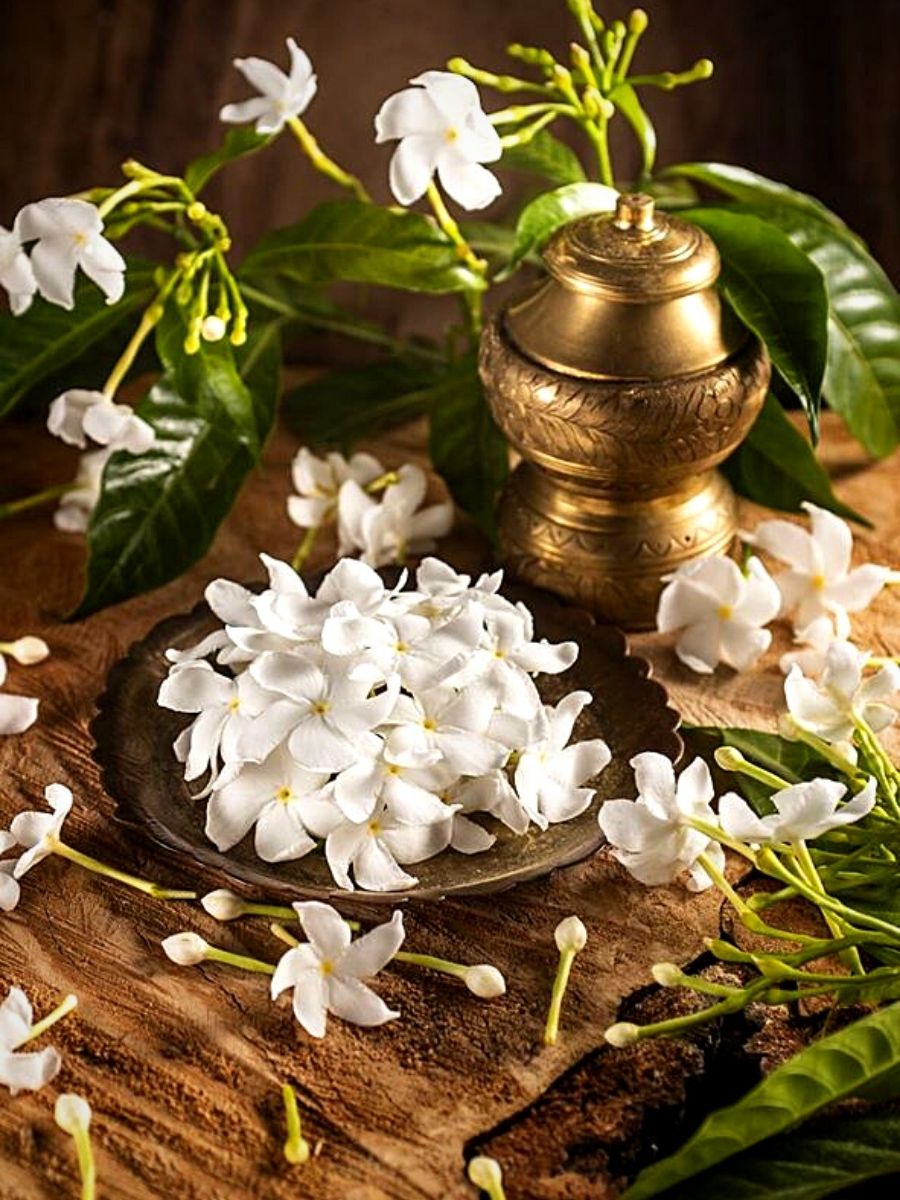
Photo by Preekashi
The plant also helps one stay in the present and deepens their connection with the moment, allowing for a more intense meditation experience. It also engages the senses which can enhance meditation practice. Additionally, the delicate fragrance of jasmine flowers can be a focal point for awareness, helping one to anchor their attention and cultivate a sense of relaxation and calmness.
Furthermore, jasmine has been used in various spiritual and religious traditions as a symbol of purity, divinity, and love, therefore having the flower nigh during meditation creates a sacred ambiance that evokes a sense of spiritual connection.
Chamomile (Matricaria chamomilla)
This plant that features daisy-like white and yellow flowers has numerous benefits in meditation, beyond its common use in herbal tea.
To start with, chamomile has natural sedative properties that promote relaxation and help reduce stress and anxiety. Consuming chamomile tea or inhaling its aroma before or during meditation can create a calming effect, allowing for a more relaxed and focused state of mind.
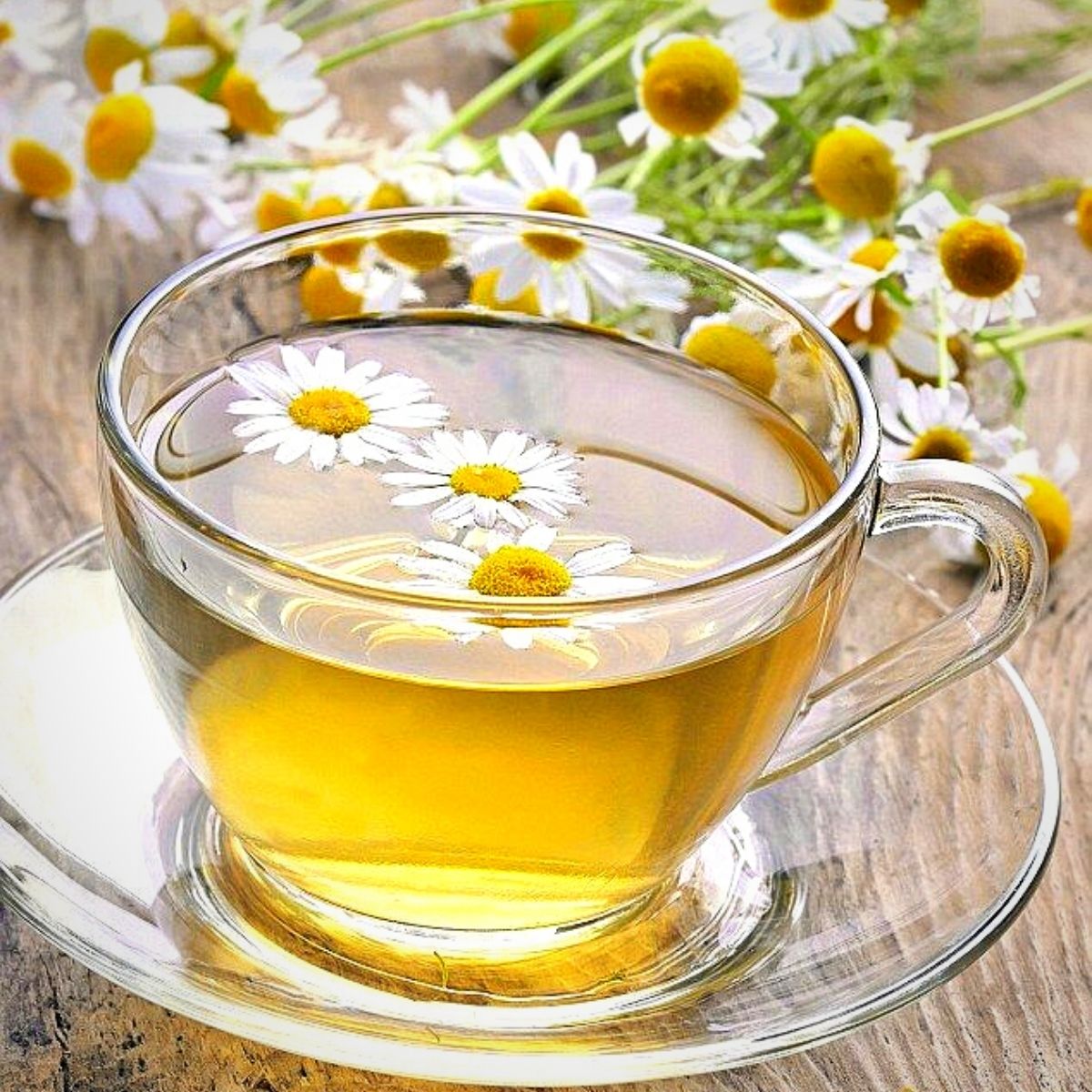
Photo by @ann ryan
It also helps in calming a busy or racing mind, allowing for greater mental clarity and focus during meditation. By easing mental chatter and promoting a sense of calmness, chamomile helps one to stay in the present and fully engaged in meditation.
Also, chamomile has muscle-relaxing properties which release tension and promote physical relaxation. This can be especially beneficial if you tend to hold tension in your body during meditation. Relaxing the body can assist in achieving a deeper state of meditation and peacefulness.
The plant is also known for its sleep-inducing effects, making it helpful for evening or bedtime meditation practices. Through promoting a sense of calm and relaxation, chamomile can help prepare the mind and body for a restful night's sleep, allowing you to approach the meditation practice in a well-rested state.
In addition to consuming chamomile tea, one can enjoy the benefits of this plant through aromatherapy. Chamomile essential oil can be diffused or applied to experience its soothing and calming effects during meditation.

Peace Lily (Spathiphyllum spp.)
The peace lily is adorned with graceful white flowers and lush green leaves. Past its aesthetic appeal, the peace lily is known for its air-purifying qualities. The plant can remove toxins and improve the air quality in the meditation space, creating a clean and refreshing environment. Clean air can contribute to a sense of well-being and help you focus during meditation.
It also has beautiful white flowers and lush green leaves, creating a visually serene and calming presence. The sight of a peace lily can create a peaceful atmosphere that supports relaxation and a clear mind for meditation.
Similarly, the name ‘peace lily’ itself symbolizes peace and calmness. Having a peace lily in your meditation space creates a cue of the purpose to cultivate inner peace and harmony during the practice.
In addition, peace lilies are relatively easy to care for and require minimal maintenance. This can be beneficial if you prefer a low-maintenance plant that doesn't require constant attention, allowing you to focus more on your meditation practice.
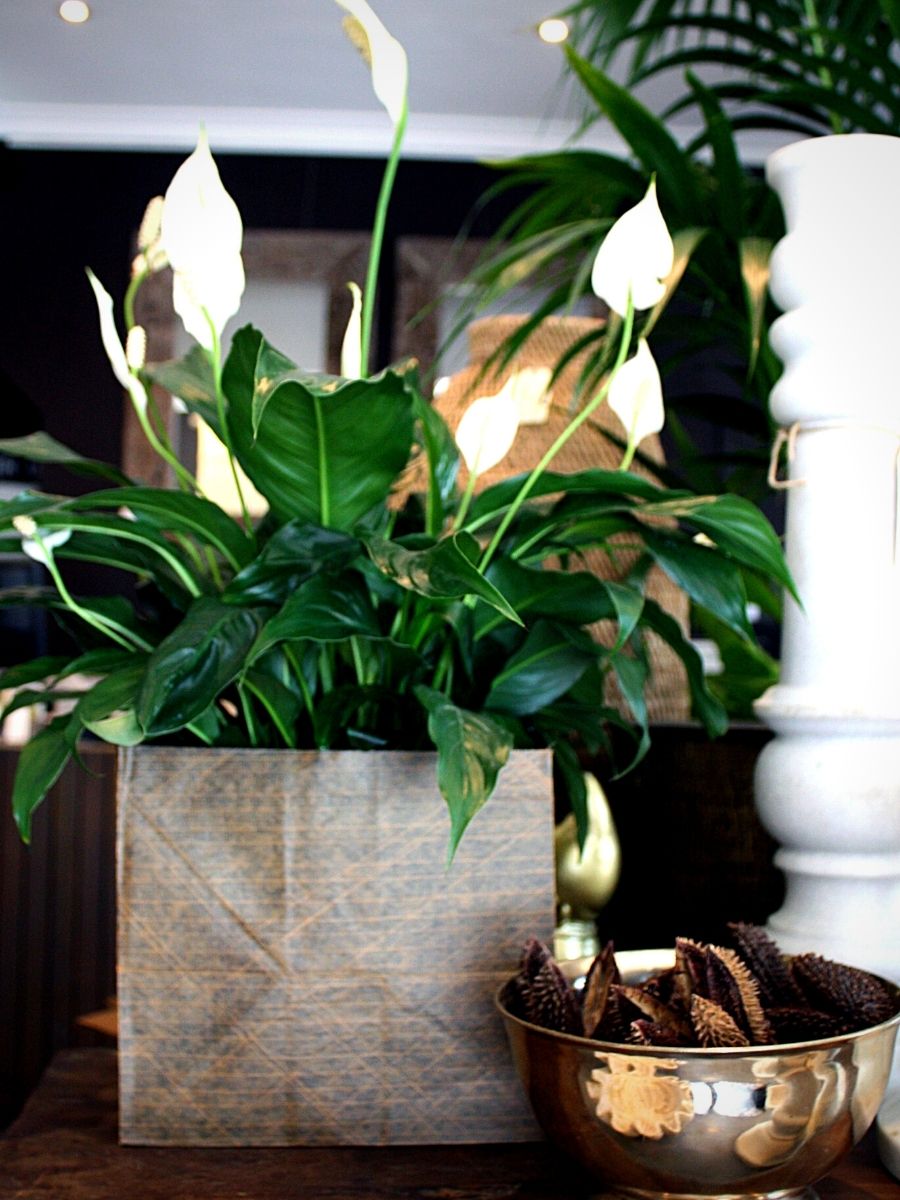
Photo by GARDEN LIFE
Peppermint (Mentha × piperita)
This plant bears small, purple-tinged flowers and releases a refreshing minty aroma. its revitalizing scent can enhance focus and alertness during meditation by awakening the senses and promoting mental clarity.
This scent essentially helps increase alertness and focus. In meditation, maintaining a clear and focused mind is important, and the enlivening aroma of peppermint can assist in achieving and sustaining this.
Peppermint also has a cool and minty fragrance that engages the senses. The sensory experience of the plant can be grounding and help anchor attention to the present moment during meditation.
Likewise, its uplifting properties enhance mood and create a positive ambiance. It can help alleviate feelings of fatigue, stress, or restlessness, allowing for a more relaxed and harmonious meditation session.
Furthermore, peppermint is known for its clarifying and refreshing qualities. Its scent can help clear mental clutter and promote a sense of mental spaciousness, making it easier to let go of distractions and enter a deeper meditative state.
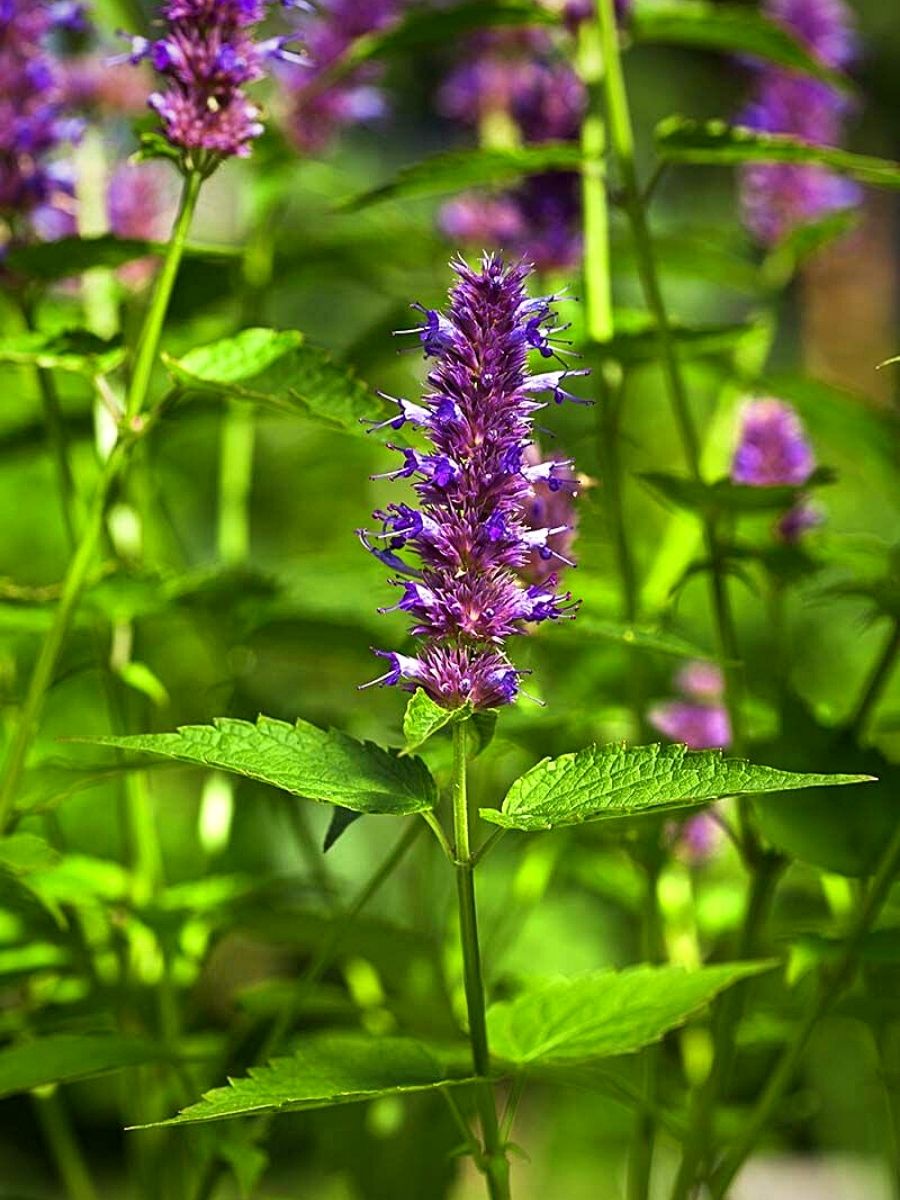
Photo by Gardener's Path
Plus, its tingling sensation when applied topically or inhaled can be helpful in grounding the body and bringing awareness to the present moment during meditation.
Frankincense (Boswellia spp.)
Frankincense is an extract harvested from the resin of specific tree and plant species and is often burned as incense. Its incense is revered for its earthy, woody aroma, which is believed to elevate spiritual connections and enhance meditation experiences. Its scent can help clear the mind and set the stage for focused meditation.
Frankincense also has a grounding and centering effect on the mind and body. Its earthy and woody aroma can help one feel more rooted and connected to the present moment, allowing for a deeper meditation experience.
The scent of frankincense is also known for its calming properties. Inhaling this aroma can help reduce stress, anxiety, and restlessness, promoting a state of relaxation and tranquility conducive to meditation. It is also known to promote mental clarity and focus by quieting the mind, alleviating mental chatter, and enhancing concentration during meditation. This allows for a more focused practice.

Frankincense likewise has a long-standing association with spirituality and is often used in religious ceremonies. Its aroma is believed to enhance spiritual connection, expand consciousness, and create a sacred atmosphere during meditation.
Incorporating frankincense into your meditation practice additionally adds a sense of ritual and intention. The act of lighting frankincense resin or using it in the form of essential oil is a symbolic gesture of the beginning of a meditation practice and creating a sacred space.
Enhance Your Meditation Experience With Plants!
For meditation enthusiasts, and those keen on flowers and plants, the matrimony of nature and meditation is an intensely satisfying experience. These plants often present a doorway to heightened meditation experiences, and a deeper connection with the natural world, and the spiritual journey.

Incorporating them into meditation practice uplifts the experience and heightens it. Meditating amid these plants not only boosts spiritual growth but also nurtures a connection with the floral world.
After all, being surrounded by nature makes one feel more connected to the present moment. The presence of living plants, therefore, is key to a fulfilling meditation session.
Feature image by Mor Shani on Unsplash, header image by Amanda Flavell on Unsplash

